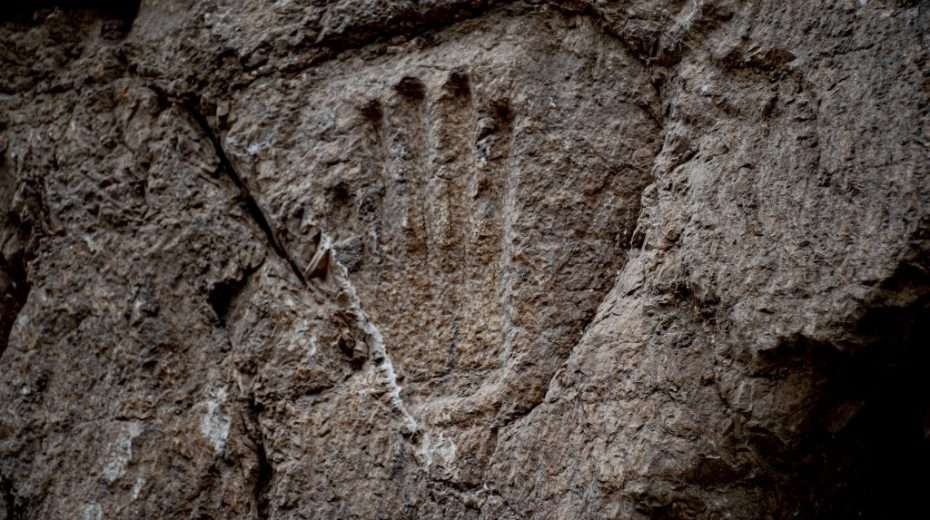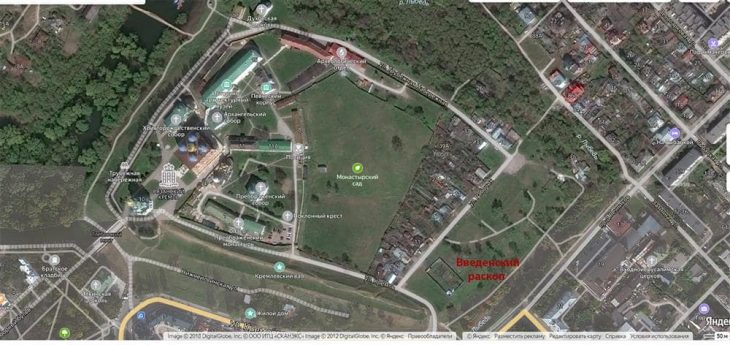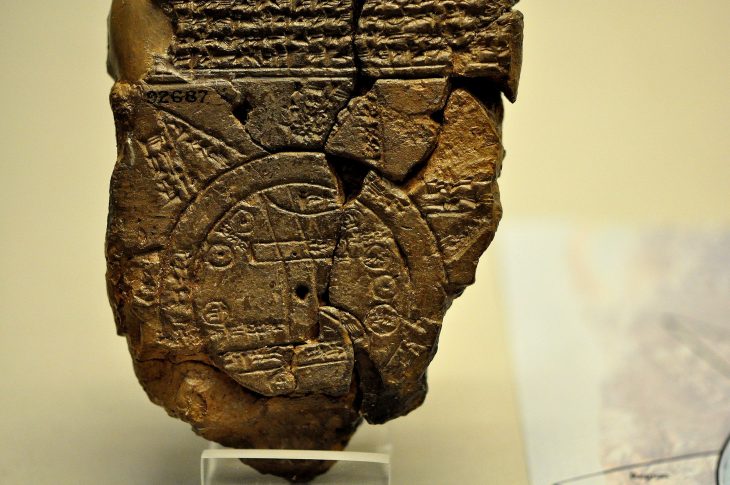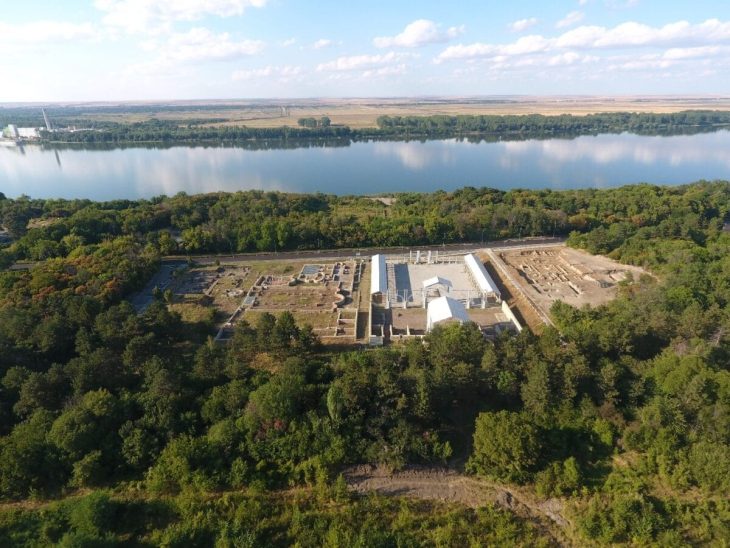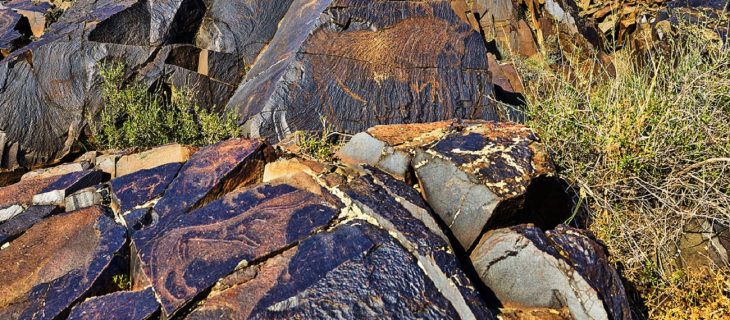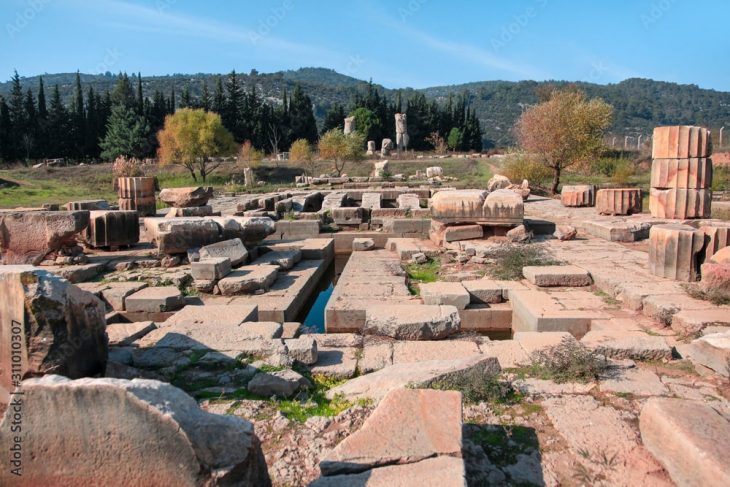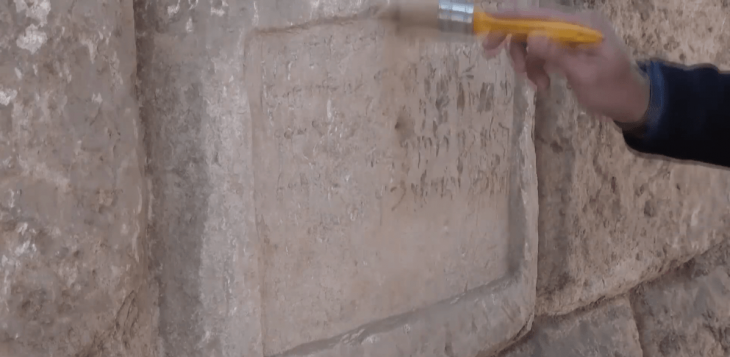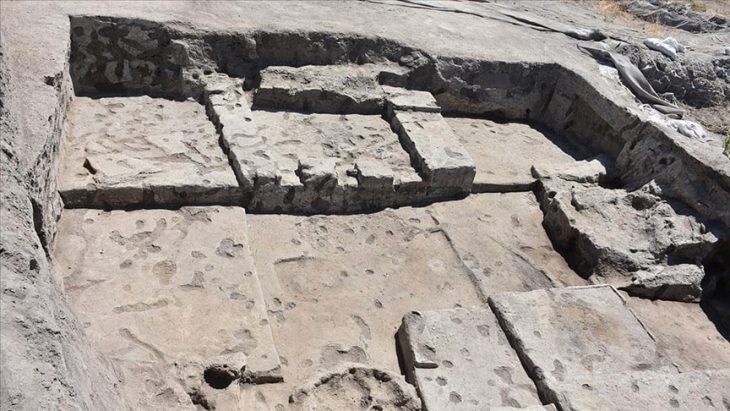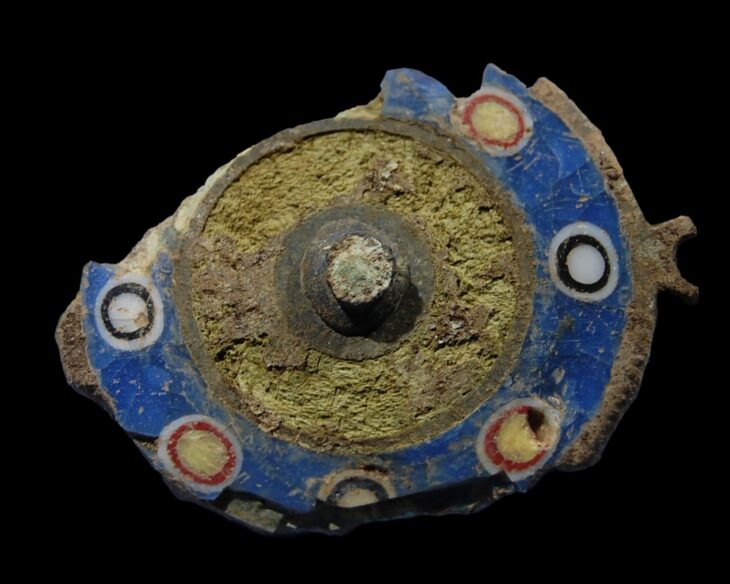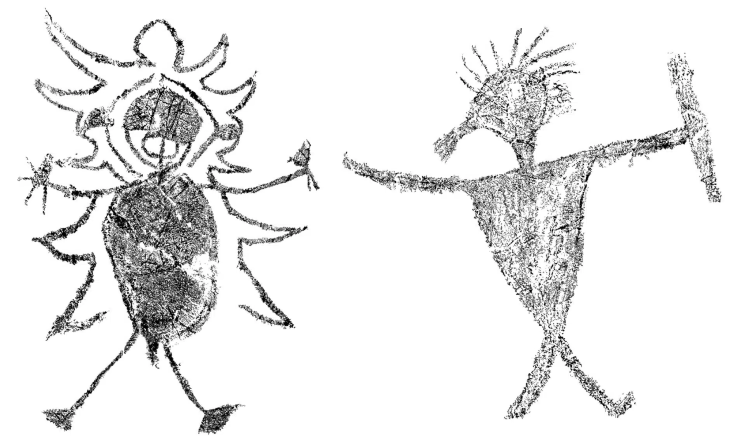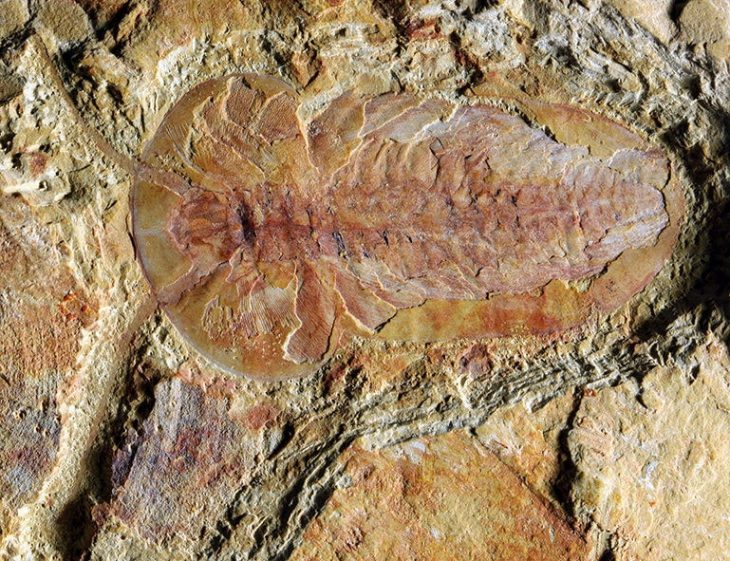The Israel Antiquities Authority announced on Wednesday that archaeologists discovered the remains of a moat and a mysterious hand imprint outside the walls of Jerusalem’s Old City.
The discovery was made during excavations by archaeologists along Sultan Süleyman Street, located between the Damascus Gate and the Lion Gate.
The rock-hewn moat, which is thought to have been constructed in the 10th century or earlier, was found below the street level during excavations outside the Old City’s northern walls prior to scheduled infrastructure work. An unexplained carved hand imprint was discovered at one spot carved in the moat wall.
The moat, at least 10 meters wide (approximately 33 feet) and two to seven meters deep (6-23 feet), encircled the whole of Jerusalem at the time, explained Zubair Adawi, Israel Antiquities Authority excavation director.
Antiquities Authority officials explained that this moat was not filled with water in the manner of better-known European fortifications. Rather, its width and depth would have posed an obstacle for an attacking army while the city’s defenders could attack from the top of the wall.
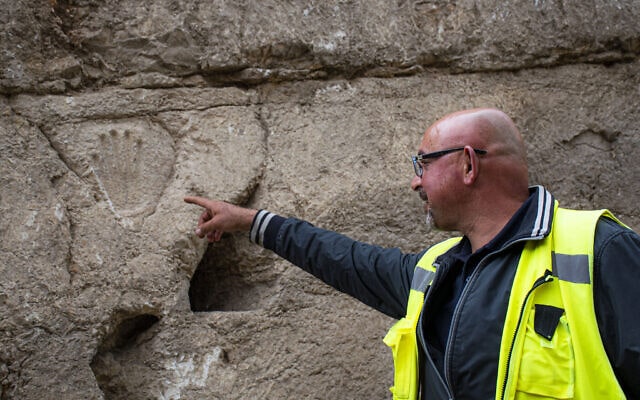
“Armies trying to capture the city in the Middle Ages, had to cross the deep moat and behind it two additional thick fortification walls, whilst the defenders of the city on the walls rained down on them fire and sulfur,” explained Dr. Amit Re’em, the Antiquities Authority’s Jerusalem regional director.
“As if this wasn’t enough, there were secret tunnels in the fortifications, some of them uncovered by the Israel Antiquities Authority archaeologists in previous excavations, whereby the city defenders could emerge into the moat and attack the enemy by surprise, and then disappear back into the city,” he added.
Re’em noted that the moat is consistent with historical descriptions of the arrival of the first Crusader army in 1099.
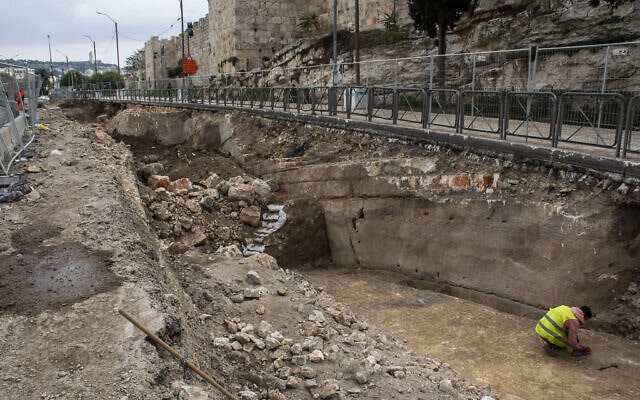
So strong were the defenses that it took the Crusader army that arrived in June 1099 some five weeks to cross the moat as Jewish and Muslim defenders fought back, said Amit Re’em, Jerusalem regional director at the IAA.
The archaeologists have not deciphered the meaning of the hand carving. “Does it symbolize something? Does it point to a specific nearby element? Or is it just a local prank? Time may tell,” researchers said in the statement.
Cover Photo: A newly-discovered moat and a mysterious hand shed further light on Jerusalem’s storied past. Photo: Yoli Schwartz/Israel Antiquities Authority

